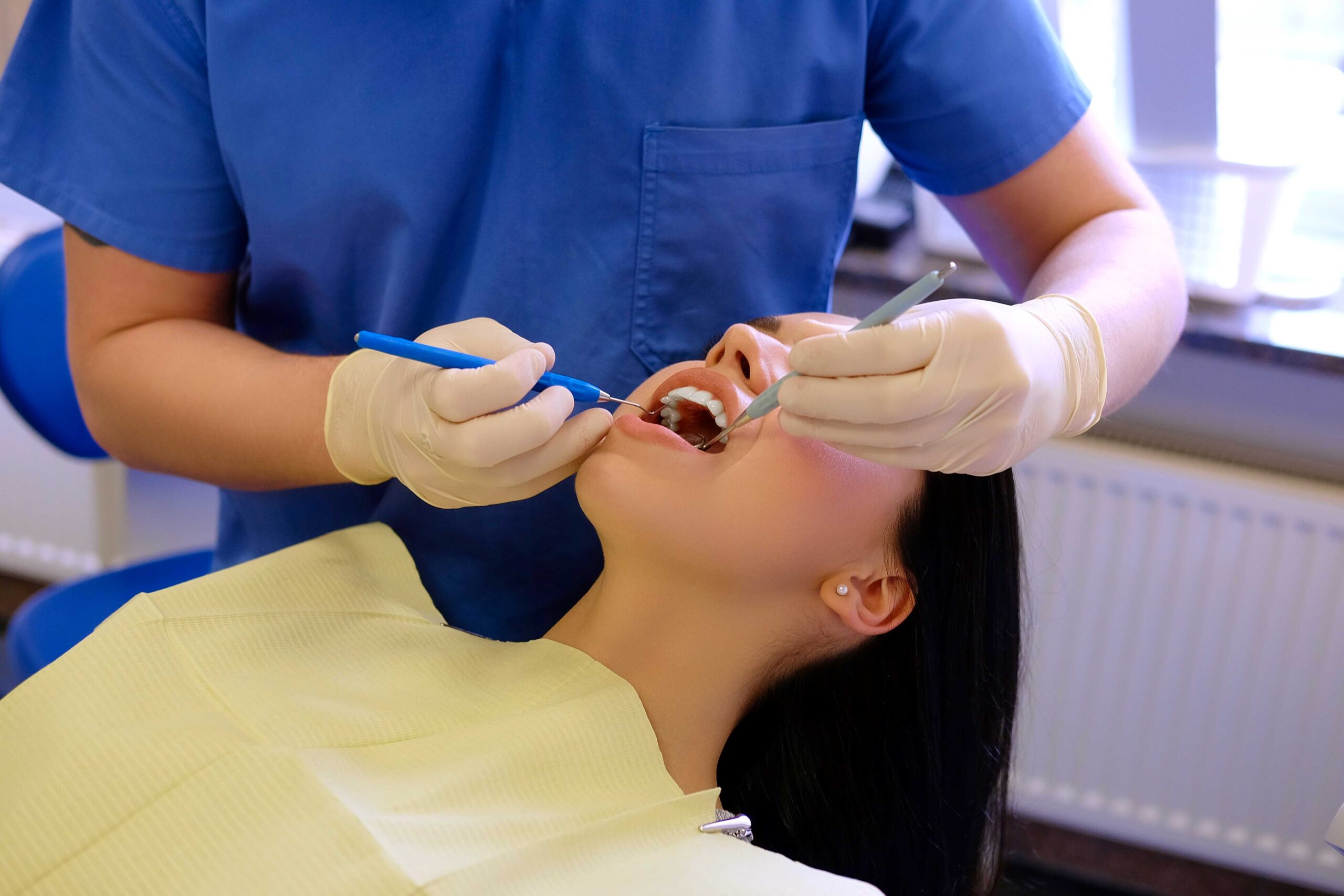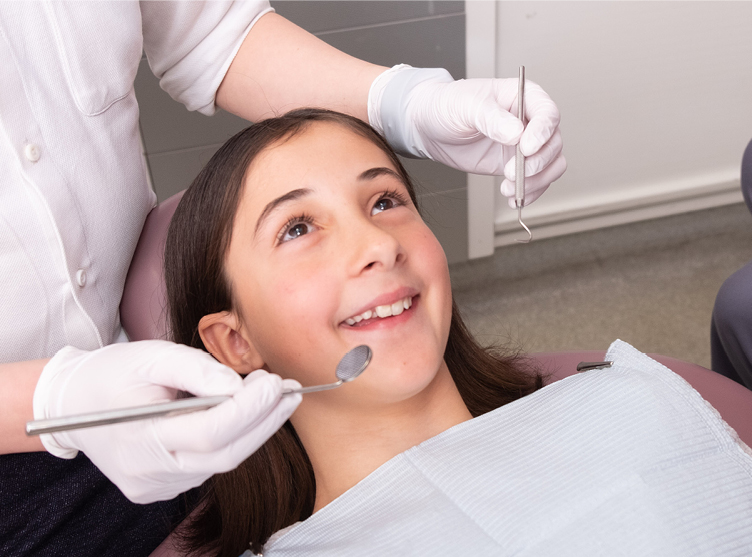The Basic Principles Of Legacy Orthodontics
The Basic Principles Of Legacy Orthodontics
Blog Article
The Ultimate Guide To Legacy Orthodontics
Table of ContentsLegacy Orthodontics Things To Know Before You BuyWhat Does Legacy Orthodontics Mean?The Single Strategy To Use For Legacy OrthodonticsGet This Report on Legacy OrthodonticsThe smart Trick of Legacy Orthodontics That Nobody is Talking About
In addition, we use flexible treatment schedules, adaptable repayment choices and a fun, satisfying experience.An orthodontist is a dentist educated to diagnose, protect against, and deal with teeth and jaw irregularities. Orthodontists function with individuals of all ages, from kids to adults.
Malocclusion, or misaligned teeth, can bring about oral issues, including tooth degeneration, periodontal disease, and difficult or unpleasant eating. Yet not every person is born with straight teeth. If you have a poor bite or large spaces in between your teeth, you might intend to seek advice from a dental expert specializing in orthodontic treatment.
5 Easy Facts About Legacy Orthodontics Shown
( Image Credit Report: DigitalVision/Getty Images) Orthodontists use fixed and removable dental devices, like braces, retainers, and bands, to alter the setting of teeth in your mouth. Orthodontic treatment is for oral irregularities, consisting of: Crooked teethBite issues, like an overbite or an underbiteCrowded teeth or teeth that are too far apartJaw misalignmentThe objective of orthodontic therapy is to boost your bite.
While you might think of orthodontists as primarily for children or teens who require dental braces, they can fix dental problems at any kind of age. Orthodontists participate in college, dental institution, and orthodontic college.
All orthodontists are dentists, but not all dental practitioners are orthodontists. Orthodontic residency programs provide intensive, concentrated direction for oral professionals. They focus on 2 locations: How to correctly and securely relocate teeth Exactly how to appropriately guide advancement in the teeth, jaw, and faceOnce an orthodontist has actually finished training, they have the option to come to be board accredited.
Rumored Buzz on Legacy Orthodontics
Imbalance, or malocclusion, is one of the most common reason people see an orthodontist. It is hereditary and is the outcome of dimension differences between the upper and lower jaw or in between the jaw and teeth. Malocclusion results in tooth overcrowding, a twisted jaw, or uneven bite patterns. Malocclusion is usually treated with: Your orthodontist affixes steel, ceramic, or plastic square bonds to your teeth.
If you have just small malocclusion, you might have the ability to make use of clear dental braces, called aligners, instead of traditional dental braces (https://lnk.pblc.app/pub/b0e5d1a6702fd3). Some individuals need a headwear to help move teeth right into line with stress from outside the mouth. After braces or aligners, you'll need to wear a retainer. A retainer is a custom tool that maintains your teeth in location.
They can develop extra space in the mouth without having to pull teeth. Orthodontists make use of cords, surgical screws, or home plates to sustain your jaw bone.
You might need to see an orthodontist if you have: Crowding or otherwise enough space for every one of your teethOverbite, when your upper teeth come your base teethUnderbite, when your base teeth are also much forwardSpacing or issues with gapsCrossbite, which is when your top teeth fit behind your base teeth when your mouth is closedOpen bite or an upright space in between your front base and upper teethMisplaced midline, when the center of your base and top teeth don't align Correcting a dental malocclusion can: Make attacking, chewing, and talking easierImprove the balance of our face and your total appearanceEase discomfort from temporomandibular joint disordersDifferent your teeth and make them simpler to cleanse, helping avoid dental cavity or tooth cavities It's usually a dentist that first notifications misaligned teeth during a regular exam.
Everything about Legacy Orthodontics

During your first orthodontic examination, you'll likely have: An oral examPhotos taken of your face and smileDental X-raysPanoramic (360 level) X-rays of your face and headImpressions to create mold and mildews of your teethThese tests will certainly aid your orthodontist understand exactly how to proceed with your therapy. braces. An orthodontist is a dental practitioner that's had training to treat your teeth and jaw
An orthodontist is focused on your bite, so something like a chipped tooth would certainly be taken care of by a dental expert. Orthodontists are focused on your bite, or the method your teeth fit with each other, and the straightness of your teeth.
Ever before questioned just how celebrities always seem to have perfectly lined up teeth? Orthodontists are oral professionals that concentrate on remedying irregularities in the teeth and jaws.
How Legacy Orthodontics can Save You Time, Stress, and Money.

, orthodontists have a diverse toolkit at their disposal. These reliable dental braces make use of a system of braces adhered to the teeth and linked by wires.
Clear aligners, like Invisalign, are a preferred choice for individuals looking for an extra very discreet therapy alternative. These removable trays are tailor-made to progressively change the teeth's position. Headgear may be made use of together with dental braces or aligners to apply extra targeted pressures, specifically for fixing jaw disparities. In cases of narrow jaws, palatal expanders can be utilized to create room for correct tooth placement.
Report this page